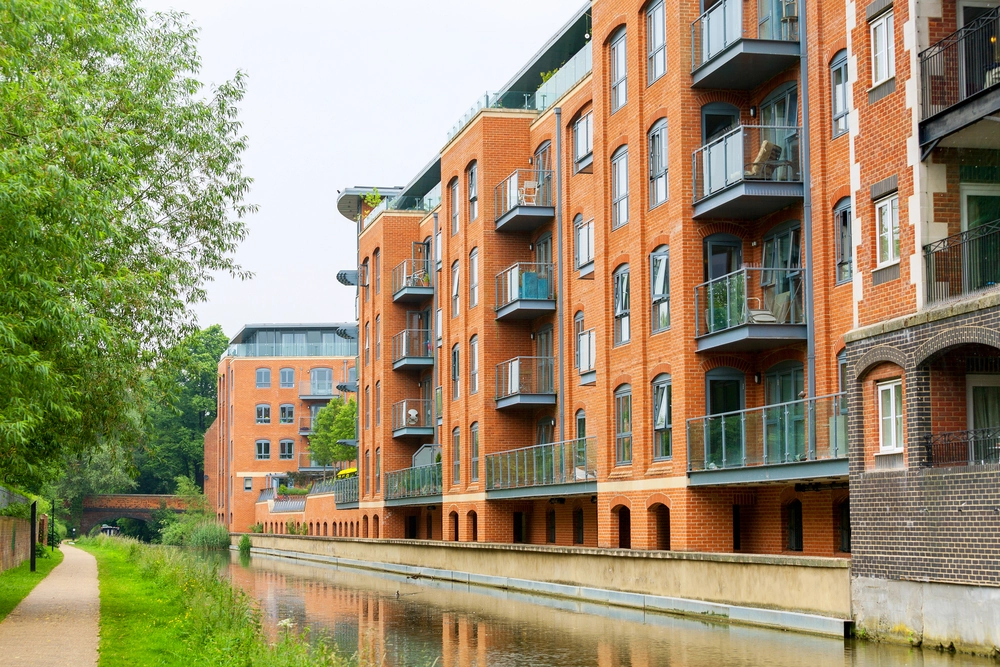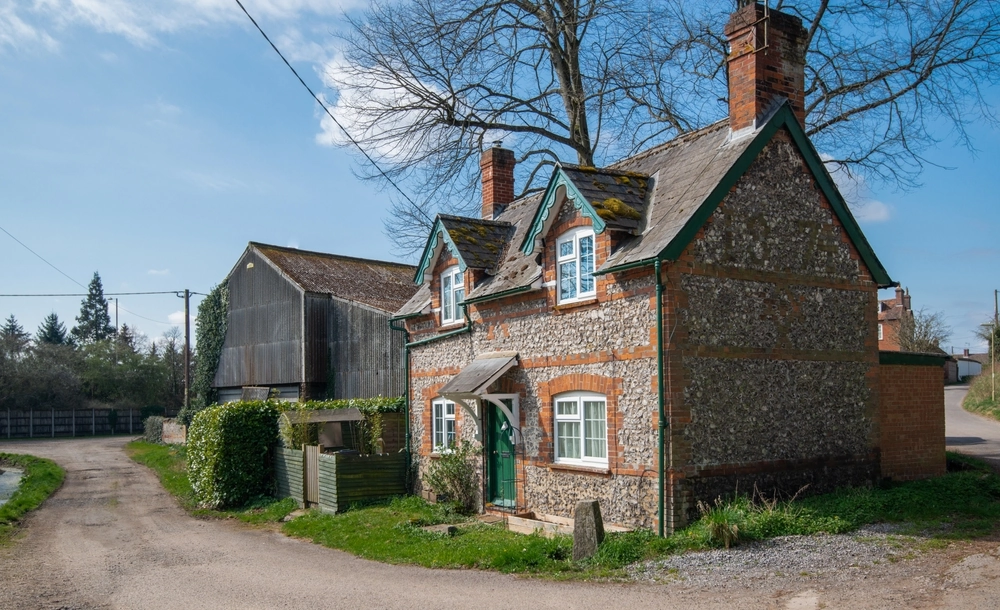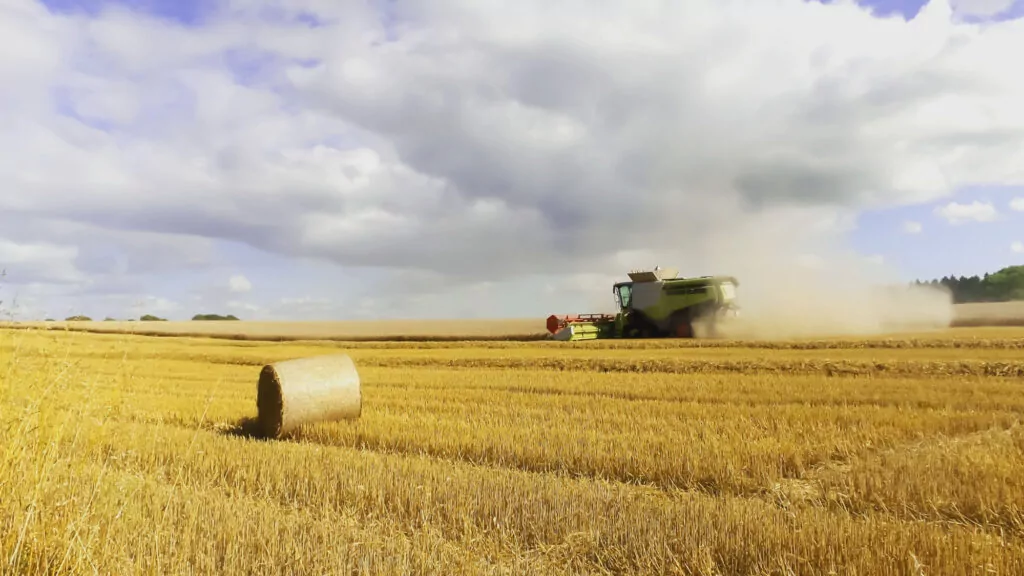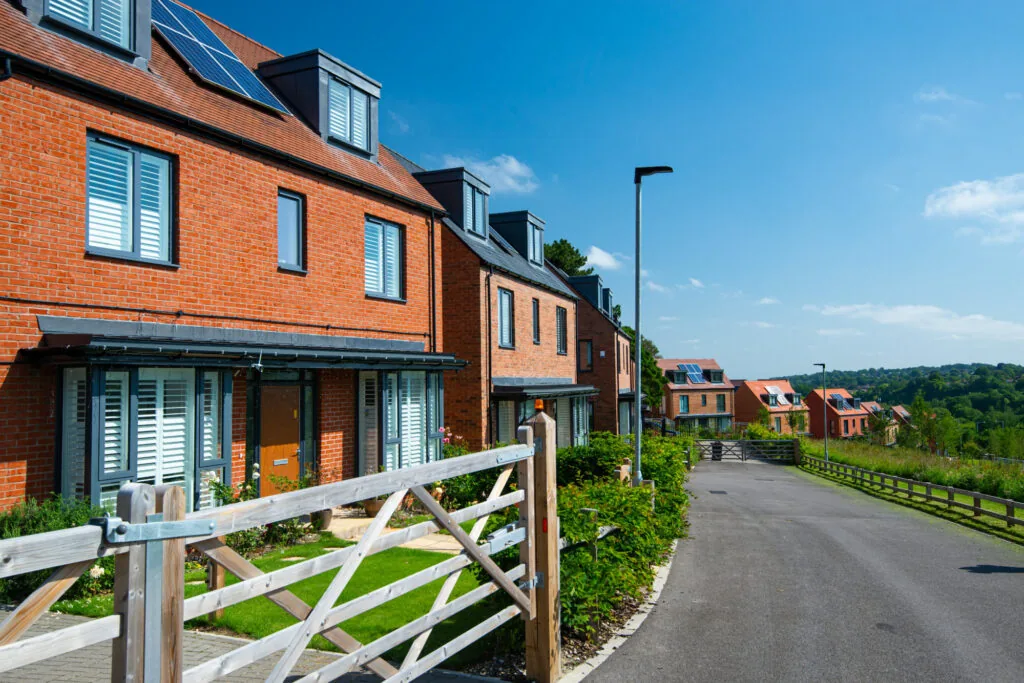
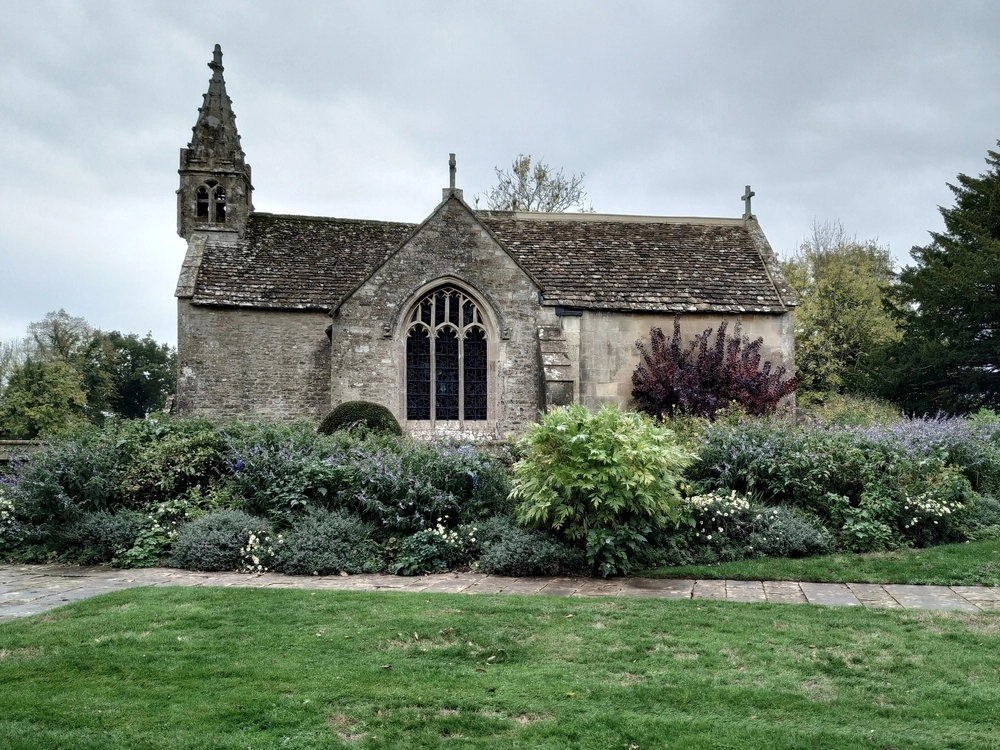
What is Glebe land, can it be sold and are there any special considerations?
Glebe land is land held by different dioceses (or geographical regions) of the Church of England. Historically such land was all held by a national body, the General Synod and formed part of the permanent endowment property of each parish. This land was historically used to generate income to fund the relevant clergyman's living (some notably larger than others). Permanent endowment is generally property which should be held in perpetuity: As such, it is a common misconception that Glebe Land cannot be sold. That is not the case.
The Endowment and Glebe Measure Act 1976
In 1976, the Endowment and Glebe Measure Act was passed. On 1 April 1978, this Act transferred all glebe property to the Diocesan Boards of Finance ('DBFs') which then became responsible for payment of a standard salary (or stipend) to the clergy within its diocese.
Church Property Measure Act 2018
Dealings with glebe land are now governed by the Church Property Measure Act 2018 by virtue of which the land can be leased, exchanged or sold without the historic requirement for consent from patrons or from the Church Commissioners. Any sale is however, subject to obtaining the necessary advice from a designated advisor similar to and alongside the requirement for sale of other charity land pursuant to the Charities Act 2011. By virtue of s17 of the Church Property Measure 2018 (which enabled the DBFs to manage glebe property by a committee of the DBF or of its Parsonages Board), DBFs can also manage glebe land directly or via a wholly owned subsidiary company.
How can we help?
Our expert Charity Property team can help with any Glebe land deals. Please get in touch with our people below.
Please note that the information in this article applies only in England and some parts of the Channel Islands.








